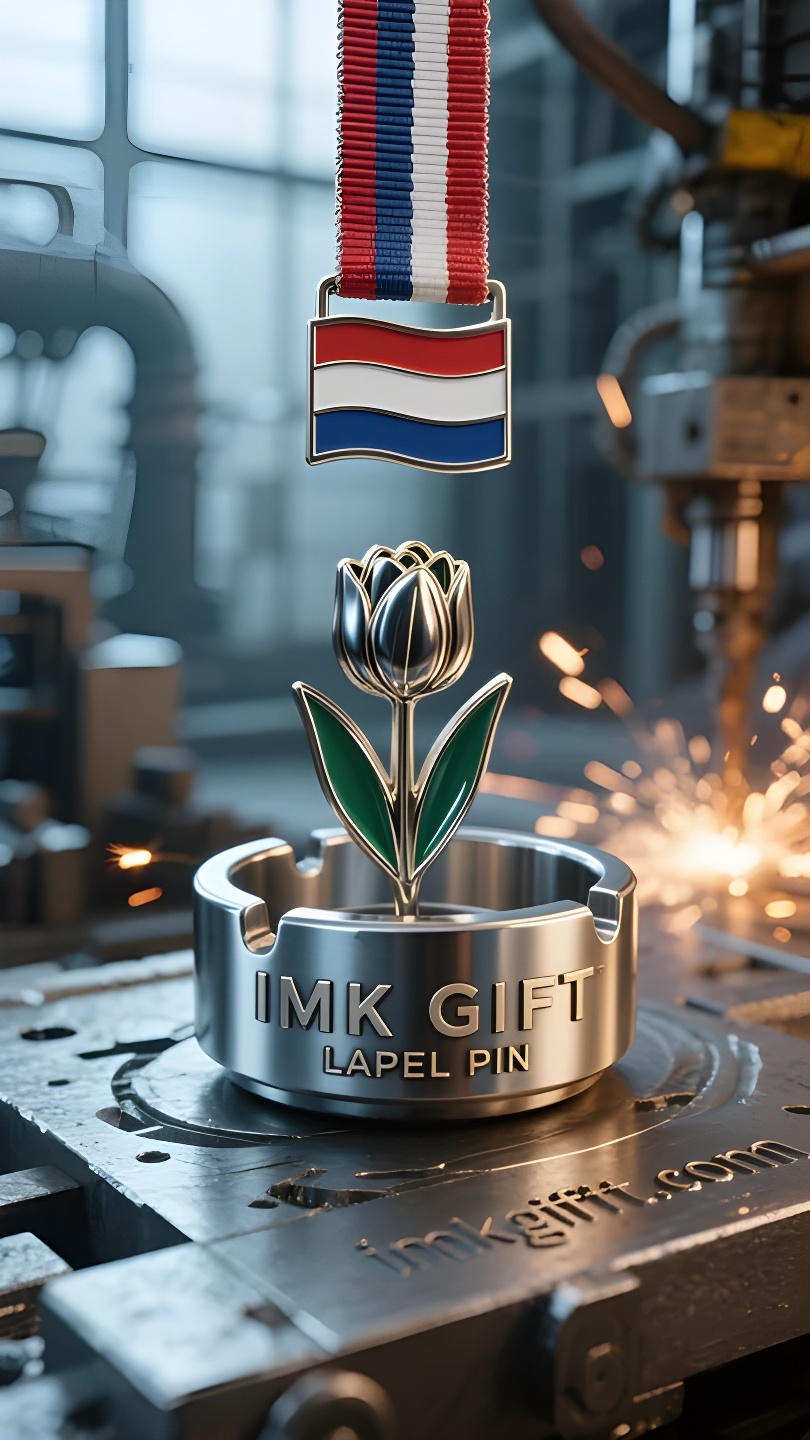in996-Moed-die-bloeit-in-de-as
▼
In mei hief Nederland de rood-wit-blauwe nationale vlag in de wind ter herdenking van de glorie van de bevrijding in de Tweede Wereldoorlog. Deze vlag, die veel heeft meegemaakt, draagt de diepe betekenis van moed, zuiverheid en loyaliteit, net als de koppigheid van tulpen die uit de grond breken in de koude winter. Op dit moment condenseert een unieke nationale geest in de tulpvormige asbak – die uitgedoofde sigarettenpeuken zijn als frustraties in de lange rivier van de geschiedenis, maar onder de as ligt het vuur van wedergeboorte begraven. Deze asbak, gebaseerd op de nationale bloem, is niet alleen een praktisch object in Nederlandse gezinnen, maar ook een filosofisch symbool. Wanneer de as de onderste laag na laag bedekt, herinnert het mensen eraan dat al het verbrande verleden uiteindelijk vruchtbare grond zal worden om het nieuwe leven te voeden. Net als de oude bakstenen huizen aan de Amsterdamse grachten, zijn de wilde bloemen die uit de bakstenen scheuren boren altijd vitaler dan de zorgvuldig gekweekte potplanten. De Nederlanders hebben 400 jaar geschiedenis van ontginning op de zee gebruikt om te bewijzen dat land dat doordrenkt is met zout water, ook een zee van bloemen kan laten groeien die de wereld verbaast. In deze meimaand die vrijheid en verzet herdenkt, wordt de metafoor van de tulpenasbak duidelijker: ware moed schuilt niet in het vermijden van de brandende pijn, maar in het accepteren van de neerslag na de brandende pijn. Wanneer de nationale vlag in de schemering wordt gestreken, vertelt de resterende warmte in de asbak nog steeds in stilte het verhaal – elk einde is een proloog, en elke vonk kan een prairiebrand ontsteken.
In May, the Netherlands raised the red, white and blue national flag in the wind to commemorate the glory of liberation in World War II. This flag, which has experienced vicissitudes, carries the deep meaning of courage, purity and loyalty, just like the stubbornness of tulips breaking out of the soil in the cold winter. At this moment, a unique national spirit is condensed in the tulip-shaped ashtray – those extinguished cigarette butts are like frustrations in the long river of history, but under the ashes are buried the fire of rebirth. This ashtray based on the national flower is not only a practical object in Dutch families, but also a philosophical symbol. When the ash covers the bottom layer by layer, it reminds people that all the burned past will eventually become fertile soil to nourish the new life. Just like the old brick houses on the canals of Amsterdam, the wild flowers that drill out of the brick cracks are always more vital than the carefully cultivated potted plants. The Dutch have used 400 years of history of reclamation from the sea to prove that land soaked in salt water can also grow a sea of flowers that amazes the world. In this May that commemorates freedom and resistance, the metaphor of the tulip ashtray becomes clearer: true courage does not lie in avoiding the burning pain, but in accepting the precipitation after the burning pain. When the national flag is lowered in the twilight, the remaining warmth in the ashtray still silently tells the story – every ending is a prologue, and every spark can start a prairie fire.
五月的荷兰在风中扬起红、白、蓝三色国旗,纪念二战解放的荣光。这面历经沧桑的旗帜,承载着勇气、纯洁与忠诚的深意,恰如郁金香从寒冬土壤中破土而出的倔强。而此刻,一种独特的民族精神正凝结在郁金香造型的烟灰缸中——那些被掐灭的烟蒂如同历史长河中的挫败,灰烬之下却埋藏着重生的火种。
这种以国花为原型的烟灰缸,在荷兰家庭中既是实用器物,更是哲学符号。当烟灰层层覆盖底部,它提醒人们:所有燃烧殆尽的过往,终将成为滋养新生的沃土。正如阿姆斯特丹运河边的老砖房,砖缝里钻出的野花总比精心栽培的盆栽更具生命力。荷兰人用四百年的围海造田史证明,被盐水浸透的土地也能种出惊艳世界的花海。
在这个纪念自由与抗争的五月,郁金香烟灰缸的寓言愈发清晰:真正的勇气,不在于避开灼痛,而在于接纳灼痛过后的沉淀。当国旗在暮色中降下,烟缸里未熄的余温仍在无声诉说——每个结束都是序章,每粒星火都能燎原。
▼
Contact Us
📞 Tel: +0086-760-85286839
📧 Email: sales3@imkgift.com








